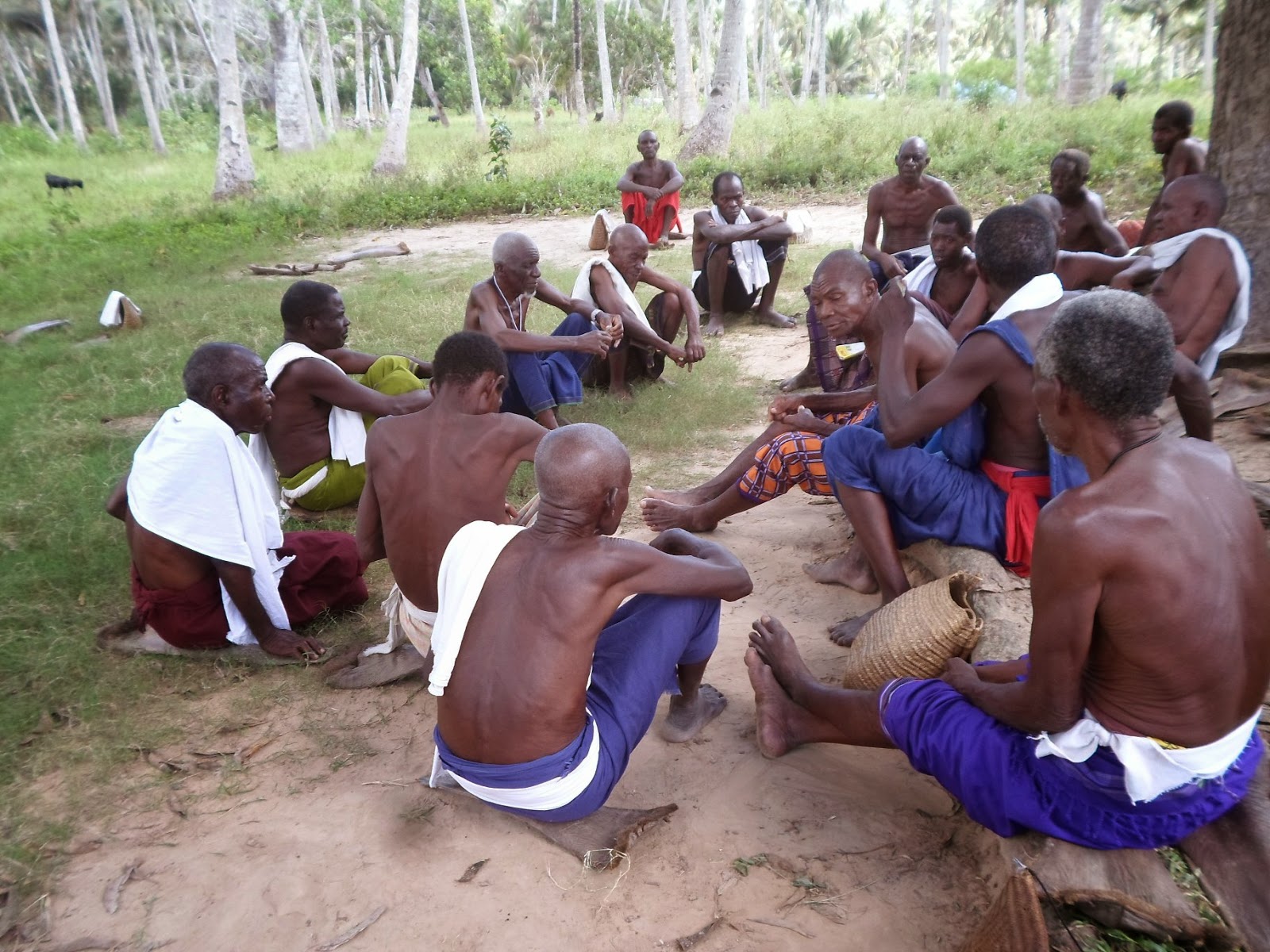 |
In many churches in Kenya, you will not miss out some encouraging quotes from the holy book, “The Bible”, however the phrase, “Basi Mwana akiwaweka huru, mtakuwa huru kweli kweli” is not normal as many believers might think.
This is the message that welcomes every individual entering the oldest church in Kenya, ACK St. Paul church in Rabai, Kilifi County.
This message in Swahili language is a translation from the book of John 8:36, is symbolic to the fight in slavery during the colonial period in Kenya.
Build in 1887, the church was the venue where over 2000 slaves were given certificates of freedom from the sultan before they joined Christianity.
The church which is also in the hands of the Anglican church of Kenya is under the Kenya national museum of Kenya as a historical site.
According to the Rabai Museum, curator, William Tsaka, “these words had a message to everyone who believes in the Bible. To those who had been set free, this was meant to inform that worldly freedom was not enough and one was to allow Christ to control his/her life for them to be free.”
The church which is under the Rabai museum as an historical site is a sign of the birth of Christian religion in Kenya.
Being the second church in Kenya, after the missionary after the first which was built in the year 1846 was demolished to pave way for the construction of the current church in 1884 due to increased population that had been converted to Christianity.
Construction.
Traditionally, Bohras were trades and artisans whom they engage in maritime trade between India and East Africa coast for hundreds of years and in the 18th century they had made settlement along the coast.
They used to be experts in construction and in the 1884; Bohras who were present in Rabai were contracted by the Church Missionary to construct the St. Paul Church.
The construction of the church took 4 years to completion due to the mode of construction as during the old days there was no cement.
History reveals that the church walls were constructed using a mixture of grinded coral stone, building sand and water to make mortar.
 |
| Front view of the St. Paul Church in Rabai |
Speaking to Kilifian, Rabai Museum curator, revealed that the mixture was then stored in a pit for about 14 days for fermentation before it was taken to the site a move believed to shy away termite activities that has made the walls strong.
“Among the things that made them take long before the church was completed, was the size of the wall which is 4 to 5 ft wide. almost all the material were sourced from India as the Bohras were the one responsible for all the materials, among them the coral stone, roofing materials, wood, and other equipment they used during those old days. What was sourced within was the building sand that came from Mombasa.” Said the curator.
The church which is still in use is among the oldest with a unique design in not only in Kenya but in Africa as it was designed in England with a size of 12m by 25 m.
Changes and usage.
To current date the church has still maintain its original status with few replacement having done, according to the Tsaka, the premises saw its first change in 1965 when the then founder of Kenyan republic, Mzee Jomo Kenyatta, donated the current roofing which is now on its dead bed as they are now leaking.
“While the church played a role in the fight against slave trade in Kenya, the roof is a reminded to us in the win against colonial rule. The then president had established friends in this area and when he saw the dilapidated roof he decided to sponsor for new iron sheets.” Said Tsaka during an interview at the church.
However the church still maintain its original window frames, seats, doors, raised pool put for the preacher to stand and preach unlike in other worshiping centre where one can move from one end to other, at St. Paul the preachers speak to the congregation from single point.
 |
| A lady playing the old Piano in the church donated in 1886 |
Also present in the church is a piano which was brought in the church in 1886 and still in use despite some keys failing to work properly.
Unlike any other churches in Kenya where believers seat randomly, at St. Paul Rabai, there are three rows for each group.
“the left row is meant for old women and young ladies who are not married, the middle row meant for legally married couple and the right line set aside for old men and young who are not married.” Said a source in the church.
Sources revealed that those legally married cannot seat on the middle row if are not accompanied by their spouse during a church service.
Tsaka note that Rabai museum has a lot of history that is not known to many and a visit at the premise will open up the mind of many adding that the construction of the church in the area gave birth to new community apart from the original Rabai in the area.









+Willliam+Kamoti+and+Kilifi+county+governor,+Amason+Jefa+King+during+the+home+coming+party+of+Ruruma+ward+rep+at+Mwanjama..jpg)
